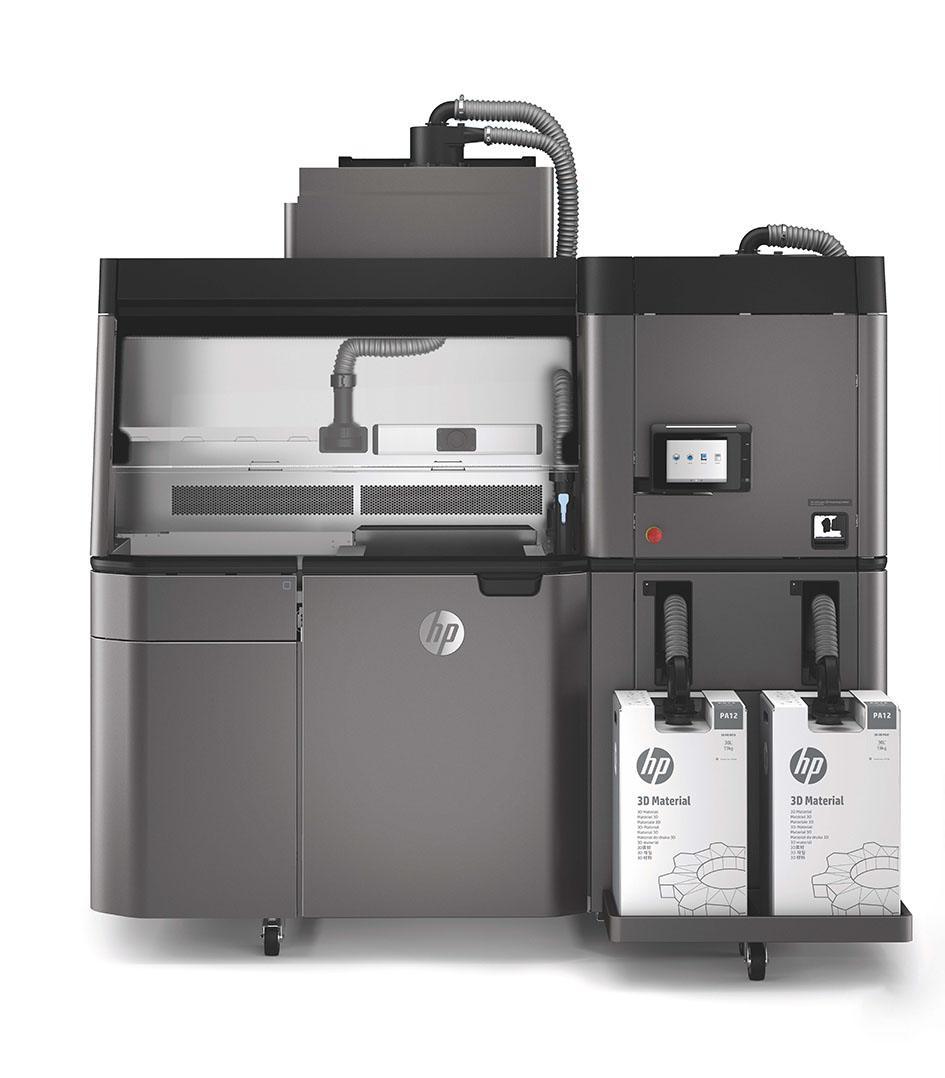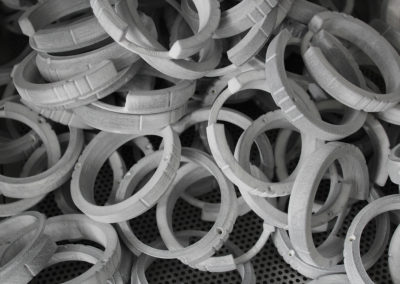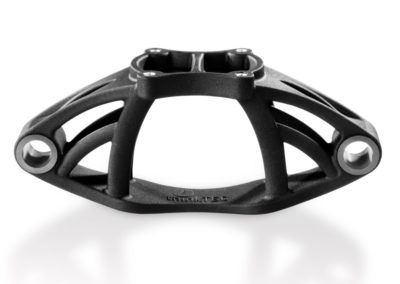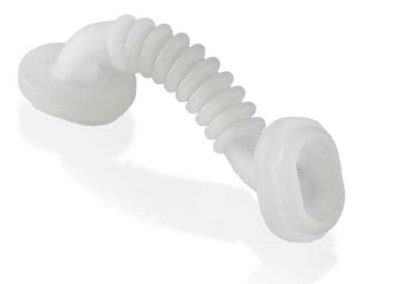Layer by layer to success
The revolutionary manufacturing technology
Additive manufacturing, also known colloquially as 3D printing, is the generic term that encompasses a variety of different 3D printing processes. What all processes have in common is the component structure in layers.
Due to the rapid development of this manufacturing technology, additive manufacturing is now suitable for the production of end-products.
Compared to known manufacturing processes, new design freedoms are opening up, which can be used, for example, in optimisation in terms of lightweight construction, functional integration or variant production.
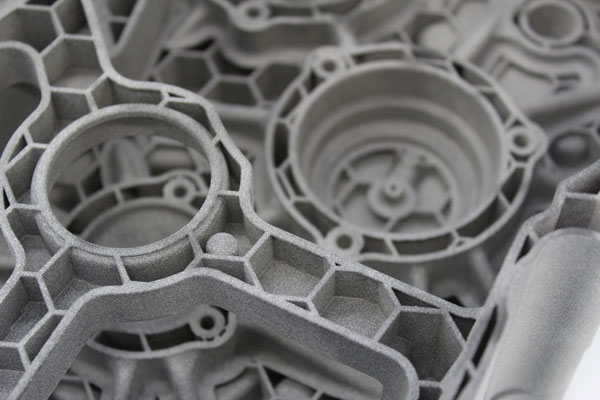
Advantages at a glance
Variant manufacturing
Is this component also available in a different size? Variant production is no longer a problem thanks to additive manufacturing. Where previously new tools had to be created or programs changed, all that is needed today is an adjustment to the 3D CAD model.
Function integration
All components fulfil a function. Thanks to additive manufacturing, many functions can be integrated directly into the component. For example, fluid channels, latching functions, or various motion sequences can be implemented for no additional cost.
Consolidation of assemblies
Complex plants consist of many components – additive manufacturing makes it possible to combine several components into one part. This reduces costs along the entire process chain.
Unlimited freedom of form & complex structures
Undercuts, curve bores, free-form surfaces.
Additive manufacturing opens up completely new design possibilities. This allows products to be optimally designed in terms of design and functionality.
Speed due to tool-less production
Series production can start immediately. There is no need for time-consuming mould production and mould testing, thus product launch times are significantly reduced.
The production plants
State-of-the-art manufacturing facilities
Whether it is an individual one-off item or profitable series production – thanks to state-of-the-art production facilities and different manufacturing processes, we are able to respond to the needs of our customers.
Filigree components with highly complex structures, precision-fit moulds or intelligent design and functional principles – We are the right partner for you.
We have specialised in FFF, INKJET and MULTI-JET processes and are thus prepared for many industries and areas of application.
HP Jet Fusion 5210 & 4210
The MJF (Multi Jet Fusion) process is a powder-based technology. With its high efficiency and good material properties, MJF technology is an economical and fast alternative to injection moulded parts. Thanks to the variety of materials and the fast production time, this process is ideal for series production.
Construction space:
380×300×350mm
Layer Height:
0.08mm
Material:
PA12, PA12 GB, PA11 and TPU
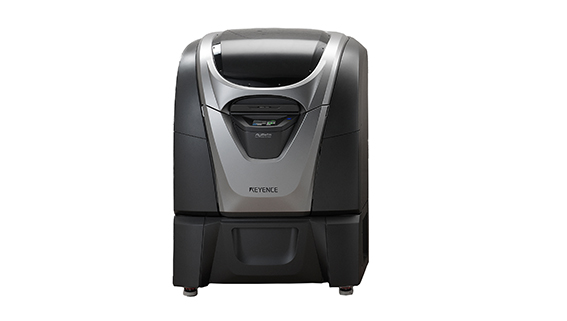
Keyence Agilista
The Keyence Agilista can process both plastics and silicones (Shore 35 and 65). Compared to other processes, inkjet technology offers the highest accuracy for plastic parts.
Construction space:
271×210×200mm
Layer Height:
0.015mm
Materials:
AR-M2 (synthetic resin); AR-H1 (synthetic resin) heat resistant up to 100°C;
AR-G1-L (silicone) Shore hardness 30; AR-G1-H
(Silicone) Shore hardness 60
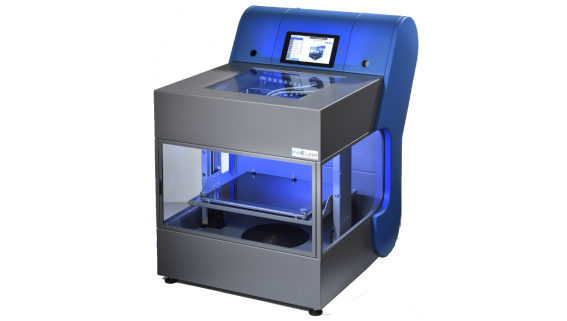
EVO-tech Evolizer
The Evolizer works with the so-called FDM or FFF process. This process is characterised above all by its high variety of materials.
Construction space:
270×210×210mm
Layer Height:
0.15–0.4mm
Materials:
ABS (Acrylonitrile Butadiene Styrene);
PLA; IGUS; PETG
thinkTEC 3D
Application examples
thinkTEC 3D services
How does thinkTEC 3D use additive manufacturing and what additional services do we offer?
Contact form
thinkTEC 3D GmbH
Address:
Elsenthal 51
94481 Grafenau
Phone: +49 (0) 8552 974971 0
Email: anfrage@thinktec.bayern
Sales partner Switzerland
thinkTEC 3D Swiss
c/o Famo-Druck AG
Address:
Schulhausstraße 7
P.O. Box 143
CH-6055 Alpnach Dorf
Email: swiss@thinktec-3d.com

